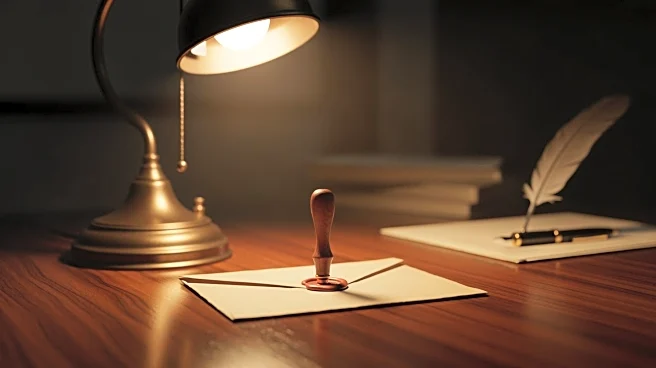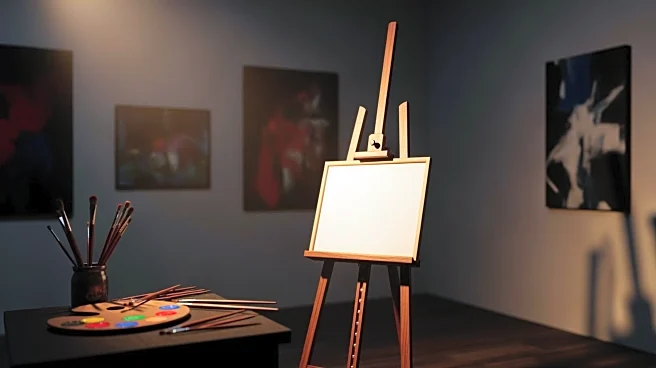What's Happening?
A recently released trove of documents from the House Oversight Committee includes an email from Jeffrey Epstein, dated October 8, 2016, suggesting he was present at a dinner with Princess Diana in 1994.
The anecdote, part of a draft profile by journalist Michael Wolff, claims Epstein sat next to Diana at the Serpentine Gallery in London during a significant moment in her life. The document raises questions about Epstein's reach and connections during the 1990s, long before his criminal activities became public.
Why It's Important?
The alleged connection between Princess Diana and Jeffrey Epstein, if true, underscores the extensive network Epstein cultivated among influential figures. This revelation adds a new dimension to understanding Epstein's social reach and the circles he navigated. It also highlights the potential for historical reassessment of relationships and events involving high-profile individuals. The implications of such connections may influence public perception of Epstein's influence and the broader societal impact of his actions.
What's Next?
Further investigation into the veracity of the claims and the context of Epstein's interactions with Princess Diana may be pursued by journalists and historians. The potential for new revelations could lead to deeper scrutiny of Epstein's connections and the implications for those involved. As the story unfolds, it may prompt discussions on the ethical considerations of reporting on historical figures and their associations.
Beyond the Headlines
The anecdote serves as a reminder of the complexities surrounding public figures and their interactions with controversial individuals. It raises ethical questions about the responsibilities of journalists in reporting such connections and the impact on the legacy of those involved. The story may also contribute to ongoing debates about privacy, public interest, and the role of media in uncovering historical truths.












